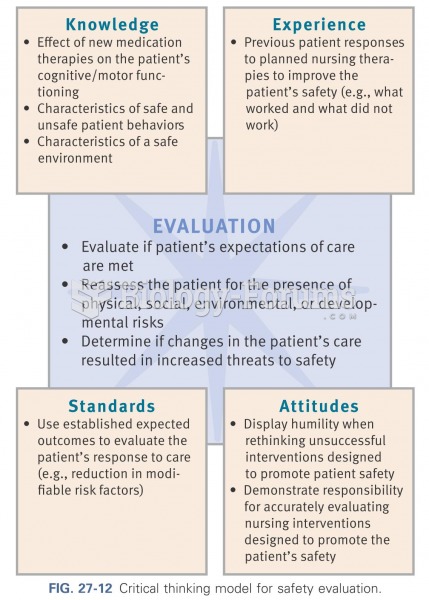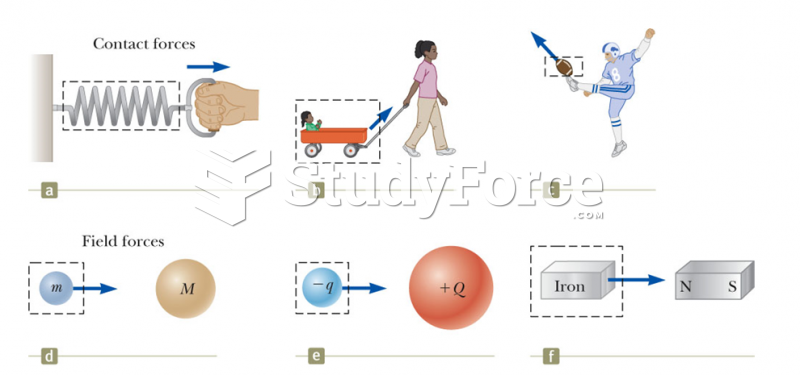Answer to Question 1
Answer: In any industry, five competitive forces dictate the rules of competition. Together, these five forces determine industry attractiveness and profitability, which managers assess using these five factors:
1. Threat of new entrants. How likely is it that new competitors will come into the industry?
2. Threat of substitutes. How likely is it that other industries' products can be substituted for our industry's products?
3. Bargaining power of buyers. How much bargaining power do buyers (customers) have?
4. Bargaining power of suppliers. How much bargaining power do suppliers have?
5. Current rivalry. How intense is the rivalry among current industry competitors?
Once managers have assessed the five forces and done a SWOT analysis, they are ready to select an appropriate competitive strategy that is, one that fits the competitive strengths (resources and capabilities) of the organization and the industry it's in. According to Porter, no firm can be successful by trying to be all things to all people. He proposed that managers select a strategy that will give the organization a competitive advantage, either from having lower costs than all other industry competitors or by being significantly different from competitors.
a. Cost Leadership Strategy - When an organization competes on the basis of having the lowest costs (costs or expenses, not prices) in its industry, it's following a cost leadership strategy. A low-cost leader is highly efficient. Overhead is kept to a minimum, and the firm does everything it can to cut costs.
b. Differentiation Strategy - A company that competes by offering unique products that are widely valued by customers is following a differentiation strategy. Product differences might come from exceptionally high quality, extraordinary service, innovative design, technological capability, or an unusually positive brand image.
c. Focus Strategy - This involves a cost advantage (cost focus) or a differentiation advantage (differentiation focus) in a narrow segment or niche. Segments can be based on product variety, customer type, distribution channel, or geographical location.
Answer to Question 2
Answer: B







